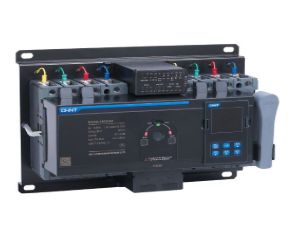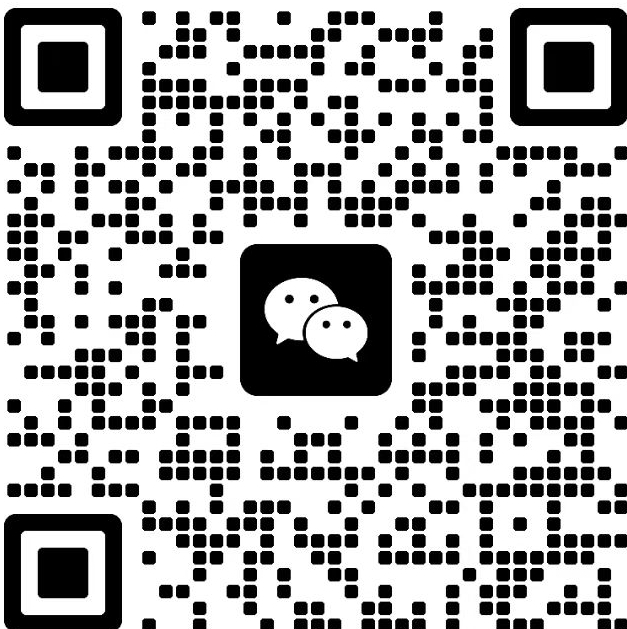double tap circuit breaker
 A **double-tapped circuit breaker** refers to a breaker where two wires are connected to a single terminal designed for one wire, creating a shared connection. This practice is generally unsafe and prohibited in most electrical systems, but it’s critical to understand its implications, risks, and how to address it properly. Here’s a detailed breakdown:
A **double-tapped circuit breaker** refers to a breaker where two wires are connected to a single terminal designed for one wire, creating a shared connection. This practice is generally unsafe and prohibited in most electrical systems, but it’s critical to understand its implications, risks, and how to address it properly. Here’s a detailed breakdown:
1. What Is a Double-Tapped Breaker?**
A double-tapped breaker occurs when **two electrical wires are attached to a single breaker terminal** (e.g., a 15A or 20A breaker). This is distinct from a **tandem breaker** (which splits a single slot into two independent breakers) or a **double-pole breaker** (which controls a 240V circuit across two terminals).
Key Characteristics**:
- **Single-Terminal Sharing**: Both wires share the same physical connection point on the breaker.
- **Code Violations**: Most electrical codes (e.g., NEC 110.14(A)) prohibit double-tapping unless the breaker is explicitly designed for it .
- **Manufacturer Exceptions**: Some brands (e.g., Siemens, Square D) offer breakers rated for two wires, but these are rare and require specific labeling .
2. Risks and Dangers**
Double-tapping poses significant safety and operational risks:
A. Overheating & Fire Hazards**
- **Loose Connections**: Over time, vibrations or thermal expansion can cause wires to loosen, leading to arcing, sparks, or overheating .
- **Current Overload**: If both circuits exceed the breaker’s rating (e.g., two 15A circuits on a 15A breaker), the breaker may fail to trip, increasing fire risks .
B. Code Compliance Issues**
- **NEC Violations**: The National Electrical Code (NEC) requires each breaker terminal to have **one wire only** unless the breaker is listed for multiple wires .
- **Insurance Denials**: Non-compliant installations may invalidate insurance claims if a fire occurs.
C. Breaker Malfunction**
- **False Tripping**: Excessive heat or loose connections can cause the breaker to trip unexpectedly, disrupting power.
- **Premature Wear**: Shared terminals may wear out faster, reducing the breaker’s lifespan .
3. When Is Double-Tapping Allowed?**
Double-tapping is **only permitted** if:
- **The breaker is explicitly designed for it**: Some manufacturers (e.g., Siemens 1P+N models) offer breakers with dual terminals .
- **The panel’s manufacturer allows it**: Always check the panel’s documentation to confirm compatibility.
- **The installation meets code requirements**: For example, using approved terminals and wire sizes.
4. How to Identify a Double-Tapped Breaker**
- **Visual Inspection**: Open the breaker panel and check if a single breaker terminal has two wires attached.
- **Panel Documentation**: Review the panel’s label or manual to see if double-tapping is permitted.
- **Licensed Electrician**: Have a professional inspect the panel if unsure.
5. Solutions and Fixes**
If a double-tapped breaker is identified, here’s how to resolve it:
A. Replace with a Tandem Breaker**
- **What It Is**: A tandem breaker fits into a single slot but has two independent breakers (e.g., Square D Homeline Tandem) .
- **Benefits**: Adds capacity without modifying the panel.
- **Limitations**: Not all panels allow tandem breakers; check manufacturer guidelines.
B. Use a Pigtail Connection**
- **Process**:
1. Disconnect both wires from the breaker.
2. Connect them to a short “pigtail” wire using a wire nut.
3. Attach the pigtail to the breaker terminal .
- **Result**: Combines two circuits into one, reducing load on the breaker.
C. Add a New Breaker**
- **Ideal for Full Panels**: Install a new breaker in an unused slot and rewire the circuits.
- **Consider a Subpanel**: If the main panel is full, add a subpanel to accommodate additional breakers.
D. Upgrade the Panel**
- **For Older Panels**: Replace outdated panels (e.g., Federal Pacific, Zinsco) with modern ones that support more breakers.
6. Code Compliance and Safety Tips**
- **Consult a Professional**: Always hire a licensed electrician to handle breaker replacements or panel upgrades.
- **Check Panel Ratings**: Ensure the panel’s bus bar and breakers are rated for the current load.
- **Avoid DIY Repairs**: Electrical work can be dangerous; leave it to experts to prevent injuries or code violations.
7. Common Misconceptions**
Myth: Tandem Breakers Are the Same as Double-Tapped Breakers**
- **Reality**: Tandem breakers are designed to split a single slot into two circuits, while double-tapping shares a terminal, which is unsafe .
Myth: Double-Tapping Is Safe If the Wires Are Tight**
- **Reality**: Even tight connections can loosen over time, posing risks .
Myth: All Panels Allow Double-Tapping**
- **Reality**: Most panels prohibit it unless explicitly stated by the manufacturer .
8. When to Call an Electrician**
- **Persistent Tripping**: If the breaker trips frequently.
- **Burning Smells or Hot Panels**: Indications of overheating.
- **Outdated Panels**: Older panels (e.g., pre-1980) may have design flaws.
- **Code Violations**: If double-tapping is found during an inspection.
Summary**
A double-tapped circuit breaker is a risky practice that violates electrical codes and increases fire hazards. While some manufacturers offer breakers designed for dual connections, most installations require corrective measures like tandem breakers, pigtail connections, or panel upgrades. Always prioritize safety by consulting a licensed electrician to ensure compliance and mitigate risks.


